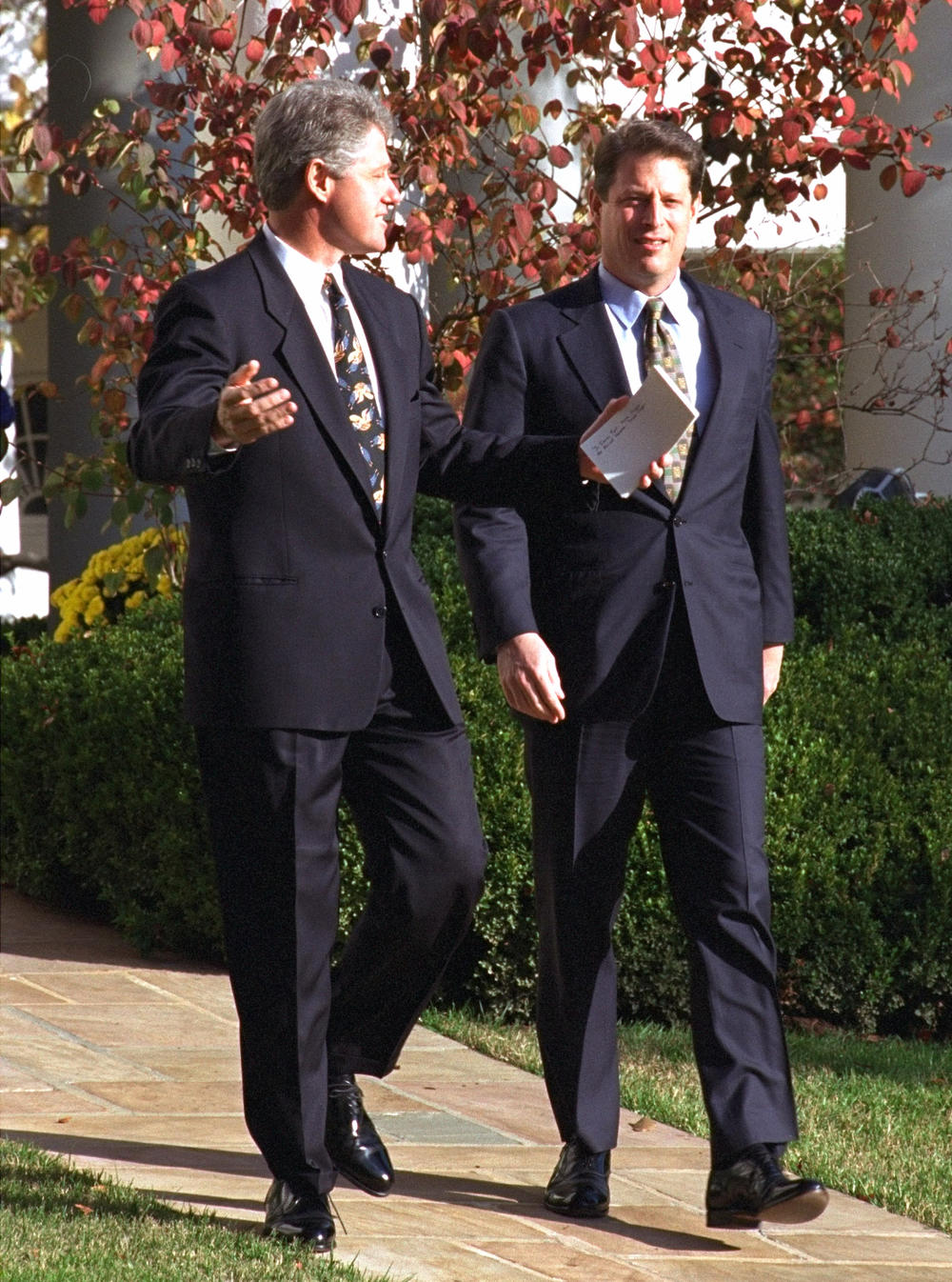Section Branding
Header Content
How Peyote Led To 'Religious Freedom' Legislation
Primary Content
We've seen a chorus of support-and also outcry-to Gov. Nathan Deal's announcement that he will veto House Bill 757, the so-called religious freedom bill. It would've allowed religious groups to deny services to LGBT people.
This is a fight that's playing out all over the county, with more than 20 states considering similar legislation.
GPB's Bradley George talks with Georgia College's Matt Roessing about the origins of RFRA.
There's a federal statute on the books, the Religious Freedom Restoration Act, or RFRA.
Congress passed the law in 1993, in reaction to a Supreme Court decision. The court ruled that the state of Oregon could deny unemployment benefits to two members of a Native American church who used peyote. The men said the psychedelic plant was part of their religious practice.
RFRA had support of everyone from the Southern Baptist Convention to the American Civil Liberties Union. According to a New York Times article from 1993:
Speaking at the White House signing ceremony today, Vice President Al Gore illustrated the kind of cases that have been affected.
"Those whose religion forbids autopsies have been subjected to mandatory autopsies," he said. "Those who want churches close to where they live have seen churches zoned out of residential areas. Those who want the freedom to design their churches have seen local governments dictate the configuration of their building."
The Supreme Court later weakened RFRA, which led to a push for similar laws at the state level. The federal RFRA played a role in the high court's Hobby Lobby decision, in which companies requested religious exemptions to the Affordable Care Act.


